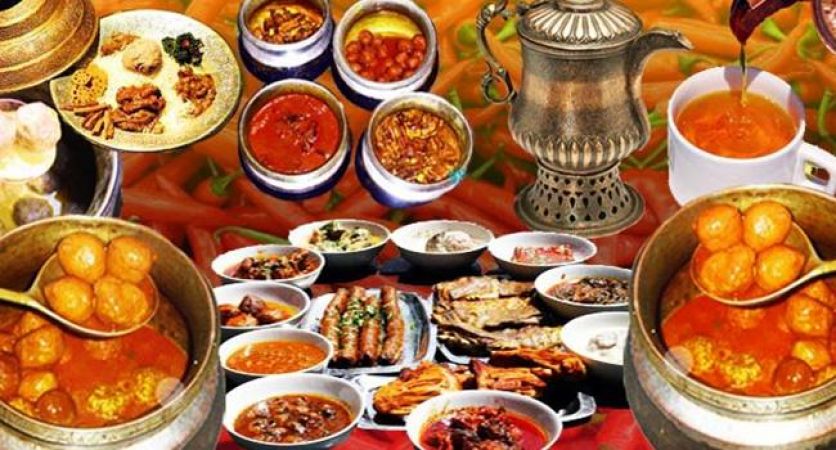
A Happy family stays together and eat together. If you are a family person and food lover then this information might be interesting for you. Maybe you’re superstitious or not, it can’t hurt to get all the luck you can, especially when you’re on the cusp of a brand new year. This year, ditch the weighty resolutions and substitute them for these culinary superstitions—if nothing else, you’ll get a good meal out of it—which are eaten for good fortune by cultures around the world.
Black-eyed peas
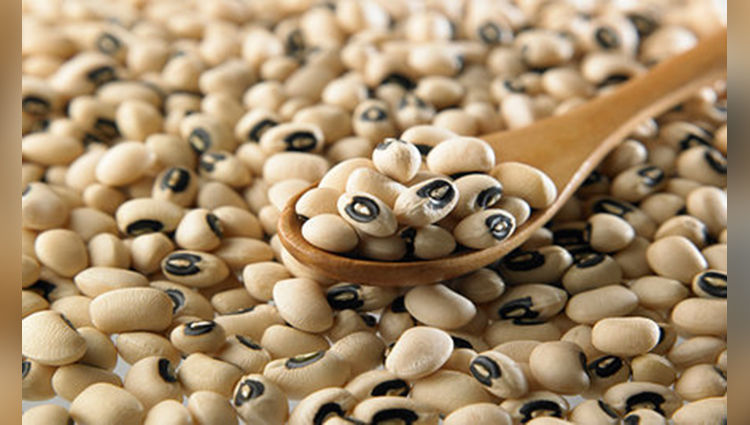
Legumes are considered extremely lucky, and a traditional South American dish of black-eyed peas and rice— called Hoppin' John—is a symbol of financial insurance. While this dish is traditionally eaten during New Year eve celebrations, the leftovers—referred to as Skippin' Jenny—are meant to be eaten the day after, and denote frugality and prosperity in the fresh year. Some even go as far as to eat one pea for each day of the year.
Pomegranate
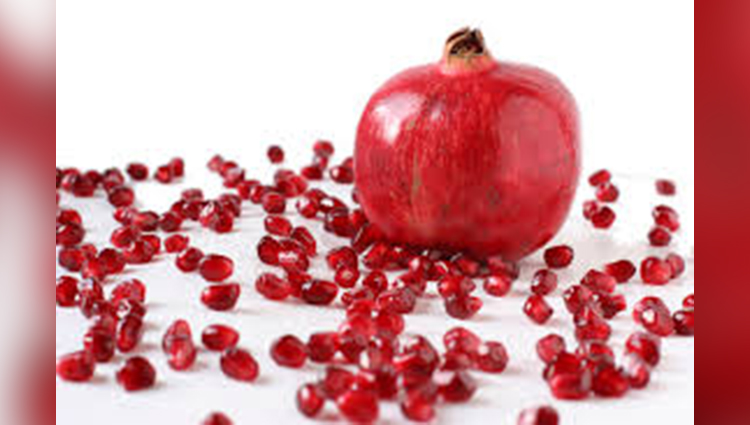
In Turkey, a pomegranate is considered lucky for several reasons. Their red color represents the human heart and denotes life and fertility, their medicinal properties represent good health, and their abundant seeds represent prosperity. In Greece, things are done a little differently.
Fish
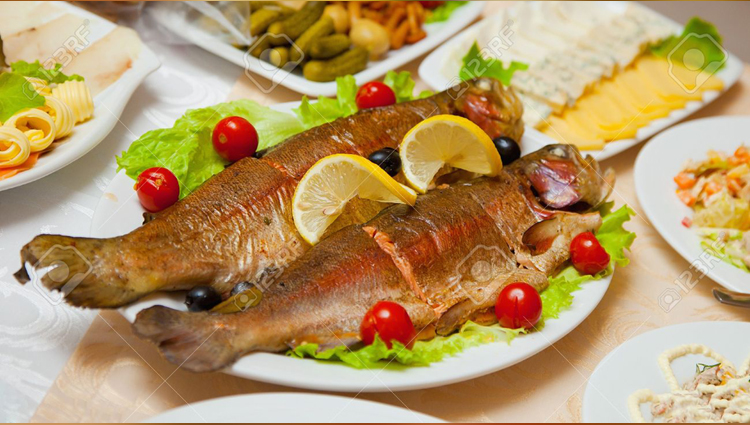
A number of cultures around the world consider fish an auspicious food to be eaten during New Year celebrations. There are three primary reasons—their scales resemble coins which symbolizes financial gain, they travel in schools which represents prosperity, and their forward swimming motion is a metaphor for progress—that is common for most cultures. The Chinese believe the fish needs to be served whole (with the head and tail intact) to guarantee a year that’s good from start to finish; so you can steam it, roast it, barbecue it or fry it, as long as you serve it in one piece.
Grapes
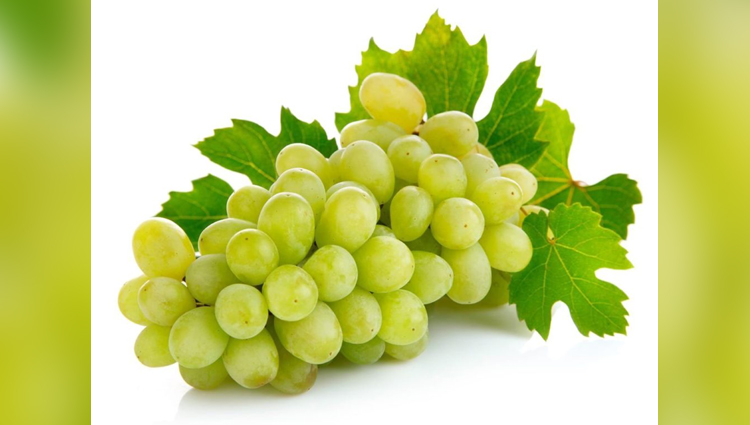
The twelve grapes of luck are probably one of the most fun practices of the lot. The tradition dates back to 1909 when grape growers in Spain’s Alicante region came up with it as a solution to take care of a grape surplus. For some reason, the idea stuck and is prevalent in parts of the world even to this day.
The Most-ordered foods of 2017
Turn your food passion into a profession!
Very important alert for airport Shopaholics:
Luxurious life continues for Lalu Prasad in jail: Fooder scam